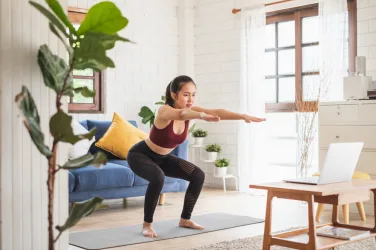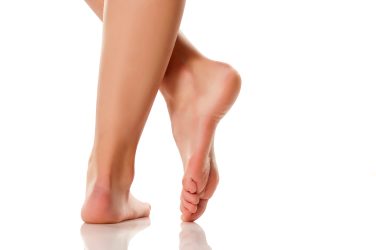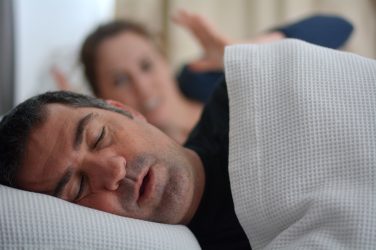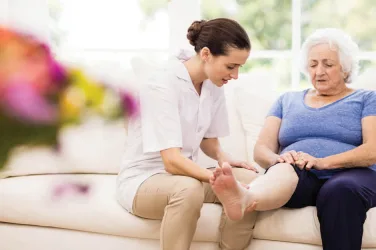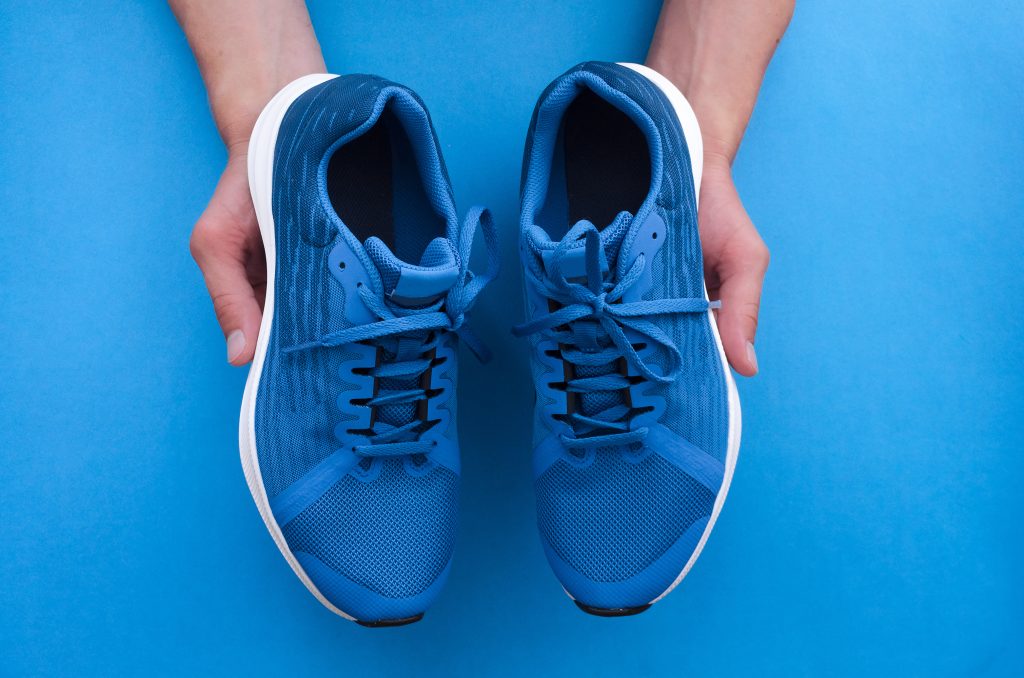
BY DAVID BUICE
It might be hard to believe when you’re in the depths of winter, but spring will soon be here, and when it arrives, many may start thinking of starting or renewing their exercise program. If you’re among those looking forward to a new exercise regimen, it’s essential to have the right shoes to keep your aches healthy and pain to a minimum.
You may be tempted to think that a basic pair of sneakers or running shoes will suffice for your type and level of exercise, whatever that might be. After all, you’re not trying out for the Texas Rangers or the Dallas Cowboys, so a basic pair of athletic shoes is all you need, right?
Actually, that assumption is wrong. A pair of shoes perfectly acceptable for one form of exercise may be entirely unsuitable for another, leading to problems beyond your feet. To understand this situation, think of your body as an elongated chain. The links are all connected, from your toes to your head, and a problem at one end can easily lead to pain and problems throughout the chain.
Your feet, of course, form the foundation of your bodily chain, and the chances are good that if you have foundation issues, the problem will gradually rise through the chain, creating pain and muscle imbalances in other areas of your body. And once the pain sets in, it’s easy to become discouraged and let your good exercise intentions fall by the wayside.
With these basics in mind, here are some general guidelines for choosing the right shoes for three common forms of exercise – running, walking/hiking, and aerobics.
Running
Cushioning is a crucial factor in choosing running shoes, and while you might think the more, the better, that’s not necessarily true. There are five levels of cushioning for running shoes, from the first level providing minimal cushioning to level five, suitable for long-distance running.
For the average non-marathon runner, level three or four cushioning should be adequate for daily runs and 5K or 10K racing.
Whatever your choice, it’s a good idea to replace your shoes after 300 to 500 miles of running. If you’re not tracking mileage, get a new pair every year.
Walking and Hiking
Choosing the proper walking/hiking footwear largely depends on the terrain you’ll be covering. Low-cut walking/hiking shoes are fine for trails without streams and obstacles. However, they don’t provide much protection or ankle support, and boots are a better option if you’re going to be off the beaten path. Boots will help keep your feet dry, stop debris from getting in your shoes, and support your ankles on uneven terrain.
Aerobics
Running shoes are not good for indoor workouts like aerobics because they’re designed for forward movement. Indoor exercise activities often involve sideways movements, and you should look for shoes that give lateral support, along with flexibility and shock absorbency.
Whatever your preferred form of exercise, having the right shoe is just about as important as the workout itself. So, make sure your shoes work for your exercise program, not against it.
5 Tips on Picking the Right Athletic Shoes
Whatever your favorite form of exercise, choosing the right shoes is essential to avoid painful injuries that prevent you from getting the exercise you want and need. Hopefully, these five tips will help you find the athletic shoes that are right for you and keep
you moving.
1. Don’t try multi-tasking with your shoes – For example, if you plan to walk and run, buy a pair for each. Walking shoes are stiffer, while running shoes are more flexible and have extra cushioning to handle greater impact.
2. Buy from a specialty store – The staff at a specialty store can provide valuable insight on the type of shoe you need and help with proper fitting.
3. Shop after a workout or near the end of the day – That’s when your feet are their largest, and you want shoes that fit your largest feet.
4. Wear the right socks – Wear the same type of socks you’ll wear when working out.
5. Check the fit – The shoes ought to be comfortable immediately without having to “break them in.” You should be able to wiggle your toes freely, and there should be a thumb’s width between your longest toe and the end of the toe box.
Now, lace up and enjoy your workout!





